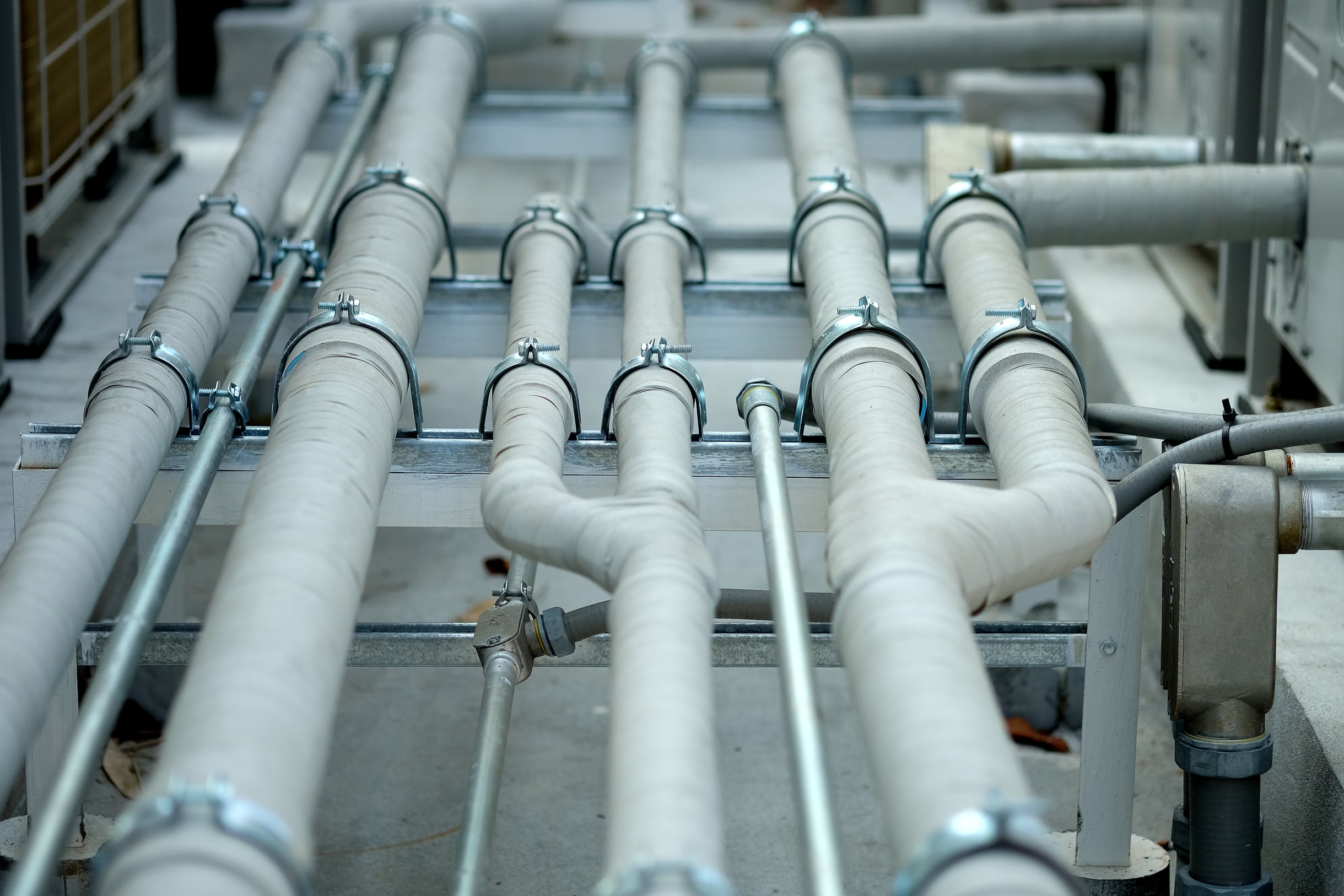How to Install and Calibrate Aftermarket Pedal Shifters in a Mercedes-AMG GT for Enhanced Gear Control?

The performance of a car is often regarded as a symphony of power and precision, a fusion of transmission and wheel control. One of the ways you can elevate the performance of your car is by installing aftermarket pedal shifters. They offer a more responsive and convenient way of shifting gears, enhancing your overall driving experience. But, how exactly can you install and calibrate these shifters in your Mercedes-AMG GT? Let’s dive into the details.
Selecting the right aftermarket pedal shifters
Before you can begin installation, you must first find the right aftermarket pedal shifters. The market is saturated with several options, and it may be hard to find the perfect fit for your Mercedes-AMG GT.
A lire également : What’s the Best Method to Balance Performance and Economy Tuning in a Diesel Land Rover Discovery?
Aftermarket pedal shifters, also known as paddle shifters, are typically made from durable materials such as aluminum or carbon fiber. They provide a more tactile feel and reduce the shift time significantly. These shifters are often considered an upgrade from traditional gear shifters, as they allow the driver to maintain both hands on the wheel for better control.
When selecting a shifter, consider its compatibility with your car’s make and model. It should be compatible with your vehicle’s transmission type and should also be comfortable to reach. It’s crucial to read product reviews and ratings to make an informed choice.
Lire également : How to Retrofit a Digital Instrument Cluster in a 1999 BMW E46 for a Modern Look?
Installing the aftermarket shifters
Once you’ve selected the right pedal shifter, it’s time for installation. It’s a relatively straightforward process, but it does require caution and precision.
Begin by engaging the parking brake to ensure your car is stationary during installation. Then, disconnect the negative battery terminal to prevent accidental short circuits.
Next, remove the steering wheel airbag by loosening the retaining bolts and unplugging the airbag harness. With the airbag removed, you can now access the stock paddle shifters. Unfasten the bolts holding the shifters and disconnect the wiring harness.
With the original shifters removed, install the new aftermarket shifters in their place. Attach them securely using the provided bolts or screws. Connect the wiring harness to the new shifters and ensure there’s no loose wiring.
Replace the steering wheel airbag, ensuring it’s securely fastened. Reconnect the battery terminal once the shifters have been properly installed.
Calibrating the shifters
After installation, you need to calibrate your new aftermarket pedal shifters. Calibration ensures that the shifters communicate effectively with your car’s transmission system, providing you with accurate gear control.
Start your car and let it idle for a couple of minutes. This allows the transmission control module (TCM) to recognize the new shifters. Next, test the shifters by manually shifting through each gear. Pay attention to any delay in response or irregularities. If you observe any inconsistencies, re-calibrate the shifters following the manufacturer’s instructions.
Test driving for performance
Once the paddle shifters are installed and calibrated, it’s time for a test drive. This will give you a chance to appreciate the new gear control and to make sure the installation was successful.
During your test drive, pay attention to the responsiveness and accuracy of the shifters. The shifts should be quicker, and the gear changes should be smoother. Make sure the shifters are within comfortable reach and that shifting doesn’t strain your hands.
Maintaining your aftermarket shifters
For longevity and optimal performance, routine maintenance of your aftermarket shifters is crucial. Regularly check for any loose bolts or screws, and tighten them as necessary. Clean the shifters gently with a soft cloth to remove any dust or dirt, as these could hinder their performance.
Your aftermarket paddle shifters are a small but significant upgrade to your Mercedes-AMG GT’s performance. They give you precise gear control, enhancing your driving experience on the road and the race track. With attentive selection, careful installation, calibration, and regular maintenance, you’ll find that this upgrade will be a valuable addition to your vehicle.
Benefits and features of aftermarket shifters
Aftermarket shifters, particularly those by reputable brands like Cube Controls, are known for their superior quality, responsiveness, and durability. One significant advantage is the enhancement in gear control which in turn improves the overall driving experience, a benefit that has received numerous likes from sim racers and Mercedes Benz enthusiasts.
When you install an aftermarket paddle shifter, you’ll notice its compatibility with the Mercedes-AMG GT’s existing setup. The shifter effortlessly aligns with the steering wheel, offering a seamless and more comfortable grip. The design is such that it doesn’t obstruct the steering wheel or block any of the cockpit views. The Cube Controls Pro, for instance, has been originally posted in various reviews as a favorite among sim racing wheel users due to its ergonomic design.
Another feature that sets these shifters apart from the rest is the use of clutch packs. These are engineered to provide a smoother and faster gear change. This feature has seen numerous posts likes from sim racers and car enthusiasts, praising the seamless shift experience, further accentuating the performance of the Mercedes-AMG GT.
Aftermarket pedal shifters offer a more tactile feel and reduce the shift time significantly compared to traditional shifters, enhancing gear control during high-speed driving. This advantage has seen these shifters gain an impressive number of likes received on various car forums.
Aftermarket shifters and sim racing
The use of aftermarket shifters is not only confined to real-world driving but has also made a significant impact in the world of sim racing. Sim racers have found that these shifters provide an added layer of realism to their racing experience, enhancing their performance on virtual tracks.
One member on a popular sim racing forum, known for his thread starter posts, is a junior member but has already gained recognition for his detailed reviews on aftermarket shifters. One of his posts, originally posted in March 2024, has received likes for his comprehensive review of the Cube Controls Pro.
Sim racers appreciate the tactile feedback offered by these shifters, which helps create a more immersive driving experience. Whether it’s the audible click of the shifter or the smooth transition between gears, these features have contributed to the growing popularity of aftermarket shifters in the sim racing community.
The use of these shifters in sim racing also helps racers prepare for real-world driving. By using a setup that closely resembles their vehicle, such as a Mercedes-AMG GT, racers can hone their driving skills in a controlled environment.
Conclusion
Installing aftermarket pedal shifters in your Mercedes-AMG GT could be one of the best upgrades you could make for enhanced gear control. Whether it’s for real-world driving or sim racing, these shifters have been widely received with likes from users for their superior performance.
Remember to select a compatible model, such as the Cube Controls Pro, and ensure a careful installation followed by proper calibration. Regular maintenance is key to longevity. The aftermarket shifters will not only enhance the performance of your Mercedes-AMG GT but also boost your driving and racing experience.
So, follow these steps, join the many satisfied users who have installed aftermarket shifters, and feel the difference in gear control and performance. Like junior member thread starters, you too, might be inspired to share your experience and contribute to the community of Mercedes-AMG GT enthusiasts and sim racers. Car upgrades like these are a testament to the continuous innovation and evolution in the automotive world.
